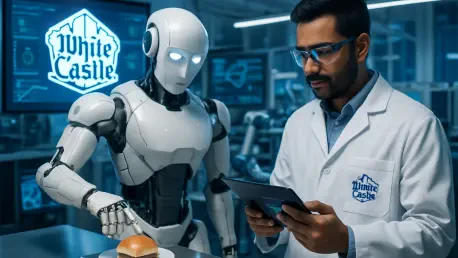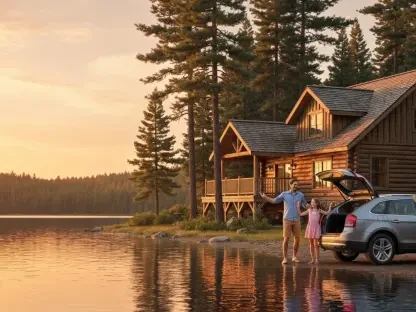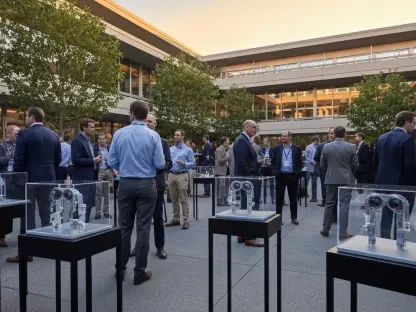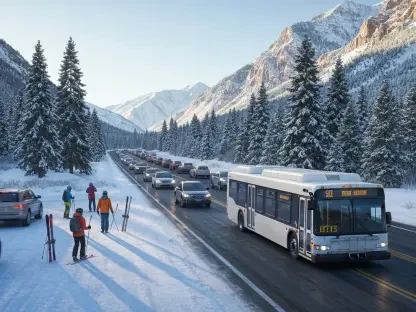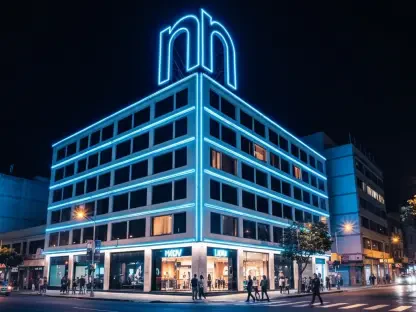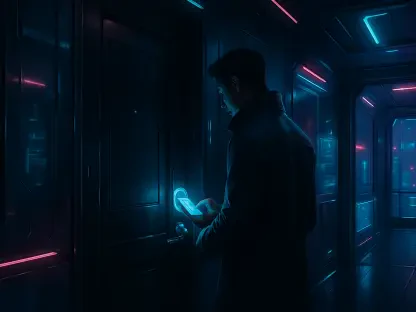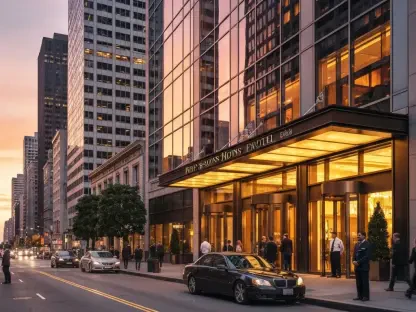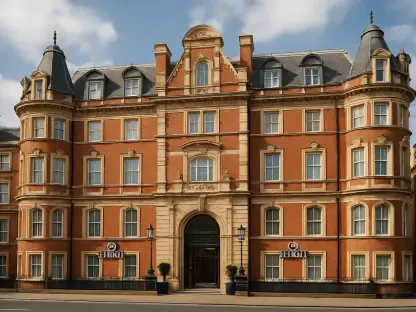I’m thrilled to sit down with Katarina Railko, a renowned hospitality expert whose extensive background in travel, tourism, and entertainment has made her a leading voice in the industry. With a passion for innovation in events and conferences, Katarina brings a unique perspective to the evolving world of restaurant design and customer experience. Today, we’re diving into White Castle’s groundbreaking “Castle of Tomorrow” prototype, a concept that blends cutting-edge technology with the brand’s century-old commitment to hospitality. Our conversation explores the inspiration behind this bold redesign, the integration of modern tech like AI and robotics, and how these changes enhance the experience for both customers and team members.
How did the idea for White Castle’s “Castle of Tomorrow” come about, and what were the driving forces behind this innovative redesign?
I’ve been following White Castle’s journey for a while, and the “Castle of Tomorrow” feels like a natural progression for a brand that’s always been ahead of the curve. The concept was born out of a desire to adapt to modern diners’ needs while staying true to their 104-year legacy. It started with deep conversations about how to elevate the customer experience in a fast-paced world. Key trends like the rise of mobile ordering and the demand for quicker, more personalized service played a huge role. Plus, there was a strong focus on creating better workspaces for team members, ensuring they could thrive in a high-energy environment. It’s really about balancing tradition with forward-thinking design.
What stands out most about the design of the “Castle of Tomorrow” compared to traditional White Castle locations?
The design is a complete reimagining of the White Castle experience while still keeping that iconic vibe. The dining room is brighter and more open, with higher ceilings and vibrant colors that give it a fresh, modern feel. It’s a space that nods to their heritage but also screams contemporary energy. Beyond aesthetics, the layout prioritizes functionality—there’s a dedicated mobile order pickup window to keep things smooth for app users, and the double drive-thru now has hospitality doors for personal meal delivery. It’s all about making every visit more enjoyable and efficient for customers, whether they’re dining in or on the go.
Can you explain how the dedicated mobile order pickup window enhances the customer experience?
Absolutely, it’s a game-changer for convenience. Customers who order ahead through the Craver Nation Rewards app can skip the front counter and head straight to this designated window. It’s designed to speed up the process and reduce congestion inside, especially during peak hours. The feedback has been overwhelmingly positive—people love the ease of grabbing their food without waiting in line. It’s a small tweak with a big impact, ensuring walk-in guests and app users both get a seamless experience.
Tell us more about the hospitality doors in the double drive-thru and how they’re changing the game for customers and staff.
The hospitality doors are such a thoughtful addition. They allow team members to step out and personally deliver meals to customers in their cars, adding a warm, human touch to the drive-thru process. For customers, it means faster service and a more personal interaction, which is rare in fast food today. For staff, it’s been empowering—they get to connect directly with guests, and it’s improved workflow by cutting down on bottlenecks at the window. It’s a perfect example of how small innovations can elevate both service and morale.
Let’s dive into the tech side—how does Flippy, the robotic fry station assistant, fit into the daily operations at the “Castle of Tomorrow”?
Flippy is a fascinating piece of the puzzle. It’s a robotic assistant that handles frying tasks, helping to streamline kitchen operations during busy times. But it’s not about replacing people—team members are still very much at the heart of the kitchen, overseeing quality and managing other prep work. Flippy just takes on the repetitive, high-volume tasks to free up staff for more customer-focused roles. The response from employees has been mixed but mostly positive; many appreciate the support, though it took some getting used to working alongside a robot. It’s a bold step into the future of fast food.
Another tech highlight is Julia, the AI-powered drive-thru ordering system. How does this system make ordering easier for customers?
Julia is all about efficiency and clarity. This AI system guides customers through the ordering process with a friendly voice, reducing errors and speeding up the line. It’s programmed to understand a wide range of requests and accents, making it accessible for everyone. If there’s ever a hiccup, a human team member is always ready to jump in, ensuring no one feels stuck. Naming it Julia was a sweet tribute to a beloved team member, adding a personal touch to the tech. Customers seem to appreciate the blend of innovation and warmth—it feels like White Castle, just a bit smarter.
With self-service kiosks inside, how are customers adapting to this new way of ordering?
The kiosks have been a hit for providing another quick option to place orders without waiting at the counter. What’s interesting is that it’s not just younger folks using them—I’ve seen people of all ages giving them a try, from tech-savvy teens to older Cravers who are curious about the screens. The interface is super intuitive, which helps. There’s a growing sense that kiosks could become a standard in fast food, especially as people get more comfortable with self-service tech. It’s all about giving customers choices in how they interact with the brand.
Looking ahead, what’s your forecast for the future of restaurant innovation, especially with concepts like the “Castle of Tomorrow” leading the way?
I think we’re just scratching the surface of what’s possible. Concepts like the “Castle of Tomorrow” show that the future of restaurants lies in blending technology with genuine hospitality. We’ll see more AI and robotics taking on repetitive tasks, allowing staff to focus on creating memorable interactions. At the same time, there’s a push for sustainability and community connection—think energy-efficient designs and spaces that feel like local hubs. My forecast is that brands who adapt with both heart and innovation, like White Castle, will continue to thrive by meeting customers where they are, whether that’s through an app, a drive-thru, or a cozy dining room.
